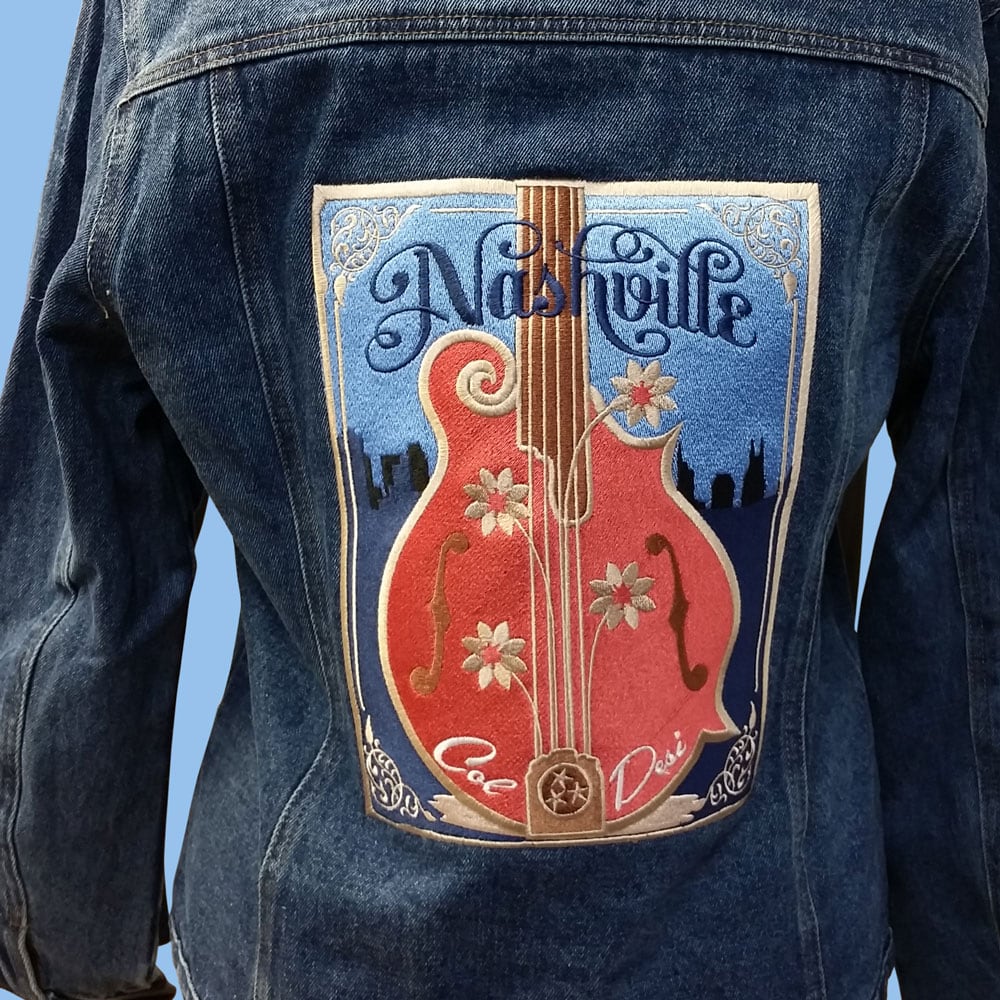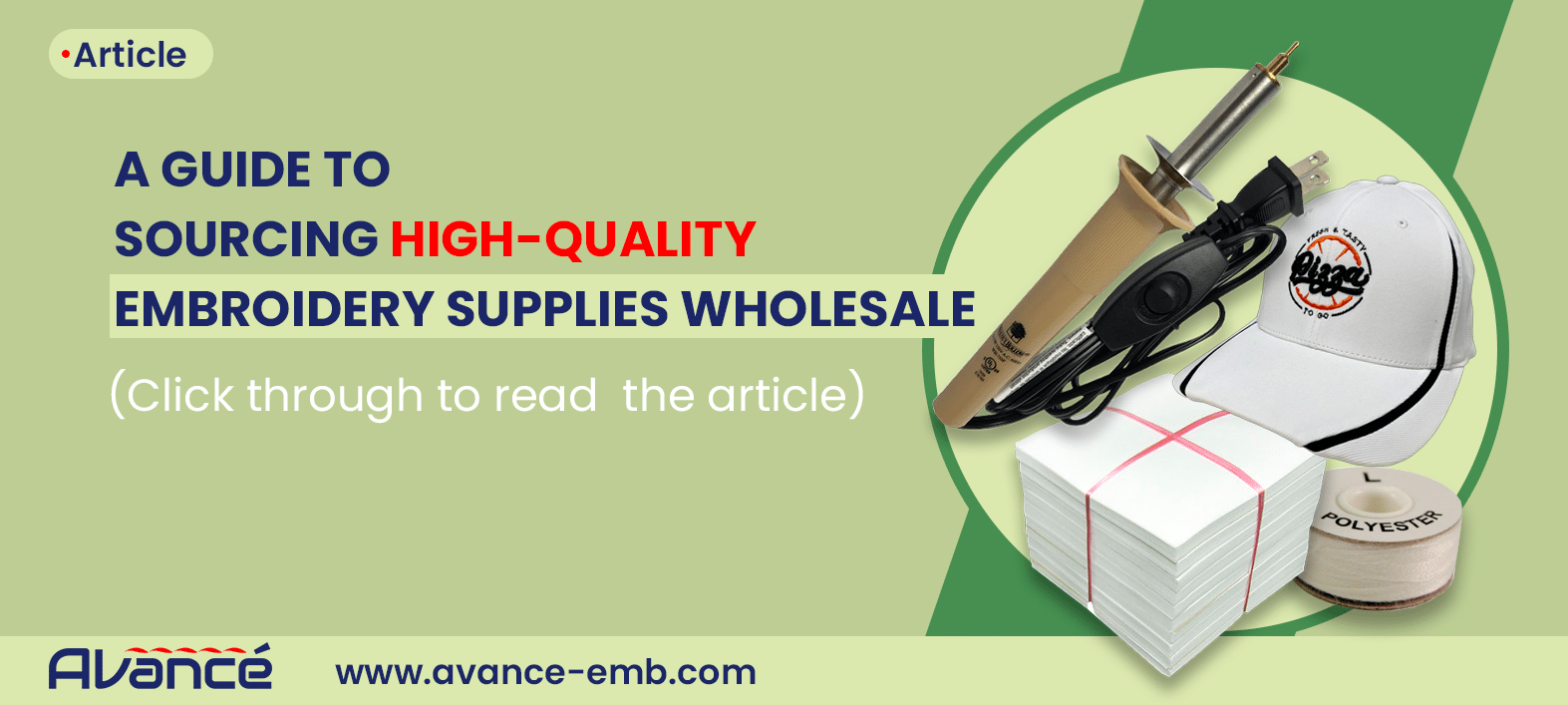So when you go to your own attorney, you have heard some of the words before and you understand what you’re getting into. We’re also teaching a few common sense tips to help you understand when you need to check with an attorney.
Full disclosure, I am not a patent attorney. That is a whole separate wardrobe that I can’t pull off. I grew up in a local business. My parents had retail sporting goods stores in a couple of states. My grandparents were in the business before that.
I grew up with a front row seat to the task of a local merchant marketing their brand and identity. Because we were retailers we were also marketing the goods of some of our vendors – Nike, Oakley, Adidas, Spalding, etc.
I got to see and learn from those professionals. You have a history with companies with no sense of humor about their brand and how they use it.

What are the differences between trademarks and copyrights? Why does that matter to people like our customers?
There are three standard, registrable forms of protecting intellectual property. One of the core things to understand about intellectual property is that it’s property. Ownership fundamentally means the right to exclude. If you have ownership of anything, you’re able to exclude someone else in some way, shape, or form.
If you think about your house, you can prevent other people from walking into your house. Intellectual property allows you to exclude people from using that property. That’s important to understand before we talk about the differences between trademark and copyright.
Copyright is the ownership of an original work. If I draw a picture, write a song, take a photograph, or write some code, I own that original work. My rights attach as soon as I publish them. As soon as I make them available to the public. My ownership rights prevent someone else from copying them.
If you’ve ever watched a football game on TV you’ll hear, “This broadcast is the exclusive property of the National Football League….” What they’re saying is that you can’t record and broadcast it for profit.
Using a T-shirt as a metaphor: If I draw a picture then I own that drawing as soon as I publish it. If you love that image and want it for the logo of your company, then what you’re saying is that you want to use that image for the public to identify you.
If you think of copyright as the what, the trademark is the who. Who do you think of when you see that creative work?
You take my triangle with a squiggle in it and say that’s going to be your logo. What you’re saying is that when people see that logo, you want them to think of you. I might have thought of the image as a design for a t-shirt. However, you want to put it on a label, so that when people see it they’re going to know the t-shirt came from your company.
If Nike as a brand comes up with an idea for a t-shirt, they might copyright that design. No one else can reproduce that design. However, the swoosh, which they also have ownership over, is their trademark.
Expert Advice
The designs on their products are copyright. You can’t just copy that image. If you find artwork on the internet, download it, and upload it to your graphics program, you’re stealing that original work. In legal terms, it’s called infringing.
When we think about making something, it can seem tricky when it comes to graphics. Someone made something with dots and lines, they took the time. However, it’s much easier to take it than say something physical like a coffee table.
Either way their time, effort, creative work, is something that’s being stolen.
This is where this amazing system protects innovation. The whole idea behind the patent and trademark office is to protect innovation. People can’t just steal your stuff.
Before patent protection, if you invented a new way to make shoes the shoemakers’ guild would come and burn your house down. Or they would steal your idea. There was no upside for you.
That way we all get to benefit from the knowledge. However, you get to benefit from your work.
In copyright, if you create the special design you benefit from that work. You’re able to show it to the public where the public can potentially right click on it, but you have protection.
Do you have to do anything to copyright something? Or is it copyright protected once you put the design up on your store?
You own the rights to it when you publish it. However, it is not registered. When you register it you get some additional valuable tools.
You get the right to statutory damages. Otherwise, you’re only going to get actual damages.
If someone sold 2 or three t-shirts then your actual damages might be the profits from those shirts. That’s not enough for someone to take that on for litigation. There are no copyright police. You have to enforce this yourself and that costs money.
If you register your copyright you get statutory damages. Many of your customers have likely received letters from Getty Images. Where they’ve found an image, right clicked on it, and used it in a publication, or worse a product they’re selling.
The lawyers for Getty Images are paid on contract. They are paid to go and find those images and trace it back to the registered website.
When those copyrights are registered they get statutory damages – $750 per instance and it can go up from there. If it’s willful it can be $150,000 and you get attorney’s fees. If you create an original piece of work and you’re planning to use it commercially it’s worth it to register it. Copyright registration is relatively easy and/or inexpensive.
Trademark registration can be much more involved.
If we had a t-shirt store with 100 original design and decided to copyright all of them, how much effort and money might we expect to do that? What is going to be our return if I have to go after someone for infringement?

If we’re a small store, selling 500 shirts a year, is it going to be worth it? Versus if we intend to grow and sell 50,000 shirts a year.
If you hire a lawyer to do it, they’re going to charge you to set everything up. It’s going to cost more to do just one, rather than doing 10 at a time. Or to set them up on a retainer to do 5-10 each month.
The fee to the government is $35-55 per work. Think about what that’s worth to you. Having that copyright to any one of them may not look like something valuable. If you sell your company they’re going to want to know if you have rights to all that artwork.
Let’s go back to the example of you’re an online store and all you do is sell original works. If I want to buy your company, what am I buying?
It’s the feeling you get when you see that brand. It can be a good feeling or it can be a bad feeling. The car Edsel ended up becoming a brand for a failed product. Whereas Tesla has a very different brand.
Brand gives you pricing power. It gives you that additional feeling.
Imagine you have two identical beers. One in a blank can that says ‘Beer’ and the other in a can with a brand on it. The value of the brand is how much more you can sell the beer for.
Everyone knows that a few companies, like Disney, Universal, Warner Brothers, have swat teams of copyright attorneys. However, what will happen is our customers will say a couple of things.
- “I’m just doing this for my family.”
- “I just have these couple of shirts I want to print with Mickey Mouse in the corner, but the rest of it is my design.”
Can you talk about the scale of being in trouble?
It’s like going into a biker bar and hitting on one of the girlfriends or boyfriends of someone in there and saying, “I just thought they were cute.”
You’re asking for trouble that you cannot dig yourself out of. Taking a step back, first off why do you have the mouse in the design? If you have the mouse in the design because it kind of reminds you of Disney, you’re screwed. They are going to shut you down.
That’s not copyright, that’s trademark. That mark identifies their brand. It doesn’t have to be an identical copy. It only has to create a likelihood of confusion in the mind of the purchasing public.
So if someone thinks it ‘might be’ a Disney shirt, then you’re in violation.
It reminds us of a customer who had an idea of making flags for college football teams. They put words that were not related to the teams, but were in the team colors, and the fonts kind of looked like their fonts (but weren’t exact).
However, when you looked at it you’d think, “That’s Penn State.” He got shut down.
Here’s what I like about trademark law. It’s very practical. The bummer about it is that there are no bright lines. In your example, he was creating a likelihood of confusion intentionally. He might not have been infringing on one of the copyrighted designs, but he was definitely infringing on purpose with their brand elements.
One of the cases we read about on this topic in law school was concerning two restaurants – Two Pesos vs. Taco Cabana. Basically, the plaintiff was complaining that the defendant’s restaurant looked a lot like their restaurant. It wasn’t any one specific thing, such as their signs were identical.
They said that the overall impression was close enough that people would get confused. That’s called ‘trade dress infringement.’
A trademark doesn’t have to be a word or an image. It can be a shape, a color, or a sound. Harley Davidson has trademarked the sound of their exhaust. They know that other companies are going to tune their engines to try and sound like a Harley.
That sound is part of the overall commercial impression of their brand.
Trademark is pretty broad. People think that they can get away with “it’s not the exact font, but it looks like it doesn’t it?” That last part is what will get you in trouble.
I live in a city and there was a little bakery in a strip mall that called itself Dough Boy. It just so happens there is General Mills plant in town. The owner of the bakery gets a cease and desist letter from General Mills saying, “You can’t use Dough Boy for a bakery. We own the trademark. And by the way, we’ve owned it for 50 years and it’s one of the most valuable assets we have.”
The owner thought that was crazy, he’s just a small bakery and his nickname in school was Dough Boy. “They can’t take that away from me.” Yes, they can. You cannot identify yourself as a bakery when another company has spent hundreds of millions of dollars over decades investing in that trade name so that when customers see the name they think of them.
What happened was someone walked into the General Mills plant and said, “Hey cool, you’re opening a retail store here in town.”Don’t think that you can say, “It’s small. It doesn’t matter.”
The big companies – it matters a lot. It’s their biggest asset. They know that. They’re responsible to the shareholders.
Even if they love the little bakery, they can’t say they’re going to cut them some slack. They have fiduciary duties to their investors. Is it trademark infringement to name your child after a brand? It may not be, because here’s another thing. If Dough Boy was a hardware store, General Mills would have had a tough time shutting them down.
A member of the purchasing public is unlikely to go, “They’re selling hammers and power tools now.”
If they were selling prepared meals as a restaurant, then I don’t know. Where’s the line? Let’s run through some examples of typical questions we get.
“Can I use words or a slogan that’s been on another shirt?”

Typically short words, phrases, names, and titles are generally not protected. However, if those things become trademarks are totally protected. If you’re copying something, I would say, don’t do it. If you really want to do it, try to get permission.
If you’re selling it, odds are at the very least you’re going to have to defend yourself, “This copyright doesn’t apply, because it’s a two-word phrase. It’s commonly used.”
For example, my niche is MMA. We’ve seen shirts all over the place that say, “My son/daughter kicks ass at MMA” or “MMA Mom”.
They’re out there and published. Is that the kind of thing we should worry about and consult an attorney on?
In general, that is the kind of short word or phrase that is so commonly used. That is probably less likely to be a problem.
However, let me give you an actual example, The Twelfth Man. I believe it was Texas Tech that was using the phrase to talk about their home field advantage.
They actually filed for and got trademark protection of The Twelfth Man.
A couple of other college football teams started using it. Texas Tech initially sent out letters telling the teams they couldn’t do that, “We own it.”
The other teams stopped and a couple of them signed license agreements. The one that didn’t comply was the Seahawks.
They wound up in litigation and ultimately settled. So now the Seahawks have the right to use “The Twelfth Man”. However, they’re paying the original trademark owner.
“Twelfth Man” is a two-word phrase. You can say it in number, letters, or pictograms. That’s still going to have a commercial impression that would make you think of that Twelfth Man.
If you try to use it you’re potentially infringing. Just like if you use the Seahawks colors you’re infringing. Because they have bought that right.
The answer to every legal question is, “It depends.” But you have to know what it depends on.
Is there a way to easily check if someone has the rights to something?

They do have a lot of self-help tools and resources. You can do a basic word search and punch in the exact phrase you’re looking for.
Going back to our biker bar analogy, if you go to a bar and there’s a guy sitting next to a woman with his arm around her, that’s probably his girlfriend. If you go and she’s sitting alone, that doesn’t mean she’s single.
If you go to this website and you don’t find the trademark information, it doesn’t mean that it doesn’t exist.
When it comes to trademarks there’s something called Constructive Notice. It means you didn’t have notice, but that doesn’t mean you couldn’t have looked it up. If you didn’t do it, tough luck, we’re going to treat you as if you had.
You can search the database. One word of caution is that people will say, “I searched the database. I didn’t find it. I’m good, right?” Wrong.
What’s the answer? It depends.
We also get the question about your own trademark and your own business name. How do you get and keep that trademark?
This is what I do every day. First of all, you want to start with a good mark. Most of my clients come to me when they’ve already been in business a couple of years.
The first thing to do is check what the name space looks like around your business name right now. A lot of people think they just have to register their LLC name.
All you’re doing is creating a unique name – and it can be unique by one letter.
If you don’t apply for trademark protection, a little like copyright protection, you still may have common law rights.
If you’re not in business yet I encourage you to work with a professional to help you find a name that is distinctive. I would start with that before your logo. Your logo is secondary. You’re going to change your logo.
If you can lock up the name first that is much more important. When people ask, “What kind of shoes are those?” I don’t draw them a picture. I say they’re Saucony’s. Internet searches are based on that.
The two reasons people’s trademarks don’t get registered or wind up in litigation:
- Confusingly similar to something else
- It is too descriptive
If your name describes what you do, the government is not going to give you a monopoly on those descriptive terms. Your company name is Miami T-Shirt Shop and you sell t-shirts in Miami. You’re not going to be the only one who can use those words in your name.
It doesn’t distinguish you.
If you’ve been in business for 5 years and you’ve managed to prevent anyone else from using that mark, and now the public only thinks of you when they hear that name, then there’s a Secondary Meaning way to protect that.
It’s a bad place to start. Most people want that so people will see and understand what you’re doing. A valuable trademark, however, is the opposite.
It’s the name that is distinctive, but people come to associate it with a particular business. Like Starbucks. ‘Starbuck’ comes from the book Moby Dick, it had nothing to do with coffee in 1972.
Today, when you say ‘Starbucks’ you don’t think of coffee, you think of THAT coffee. That is a strong mark.
There are a number of other reasons your trademark won’t be approved:
- A surname
- It’s offensive
When people give you a piece of artwork, whatever your intake form says, it should have them confirm they own or have rights to that artwork.
They will indemnify you in the event someone else thinks that it’s infringing. What that means if I bring you a piece of artwork, ask you to print it, and it turns out someone else says it’s infringing. They’re going to sue me, but they’re also going to sue you.
You want me to promise to defend you. To say that I’ll take care of it.
If we have what we think should be a trademark right now, is there something that we should do? What are our first steps?
The first thing that I would do is an audit. Understand what your rights are. What your challenges are.
I have clients that typically have a house brand. They have the name of the brewery. Then if they’re a production brewery they have 4 or 6 SKU’s they put in cans.
First audit each of those brands. Understand what the competition, what the name space is. I want to know if anyone else using that mark or confusingly similar.
Are there any allocations or registrations for that mark or those confusingly similar?
Could you send designs on a CD to the copyright office with the appropriate fees and paperwork?
I would probably not want to answer that question. She’s going to have to submit a sample of her design and show that she’s published it.
On a CD is probably a tangible medium, but this is not how they’re going to be used. If she published the designs on her website and said, “These are examples of my work.” That’s probably publication.
When I do trademarks it’s all electronic. There are some people who like to do it the old-fashioned way – the office charges you more for it and it takes longer.
If you just change the design by 10% you’re not going to be in copyright infringement.
If you are trying to make it technically different, but have a similar commercial impression that is a really bad idea.
If I’m the holder of that original work I’m going to claim that I’ve got common-law trademarks on that. What you’re using is confusingly similar. You’re not just having a copyright issue. The 10% rule is the kind of thing people get into trouble with all the time.
What does 10% even mean?

When I do this for clients I give them back a report. Here are the 5 names we looked at, here’s what I saw for each name.
These are the challenges. This is how serious the challenges are. This is who the challengers would be.
For example, if I had been representing that bakery, I would have said, “It’s General Mills. It’s a direct infringement. Change your name now.”
General Mills is not going to back down. And it’s completely useless for you to fight it, particularly if you’re a new brand. Your brand is meaningless to everyone but you.
Your brand becomes valuable as the public interacts with it.
Fighting a trademark dispute early in your company’s history is a waste of time. You’re better off finding a better brand name.
Some people might say that trademark fights are good because you get free publicity. However, it’s a very dangerous game to play.
The “Registered” symbol with the R in the circle. Nike does not have to put that or TM in the corner to make it trademarked. Are the TM and R just for showing off or does it actually have any purpose?
It’s your statement that you’re using it as a trademark. You’re providing some notice that you’re using the mark. You don’t have to use it every time. A lot of times you look at a press release and you might see the symbol in the first instance.
The circle R means that it is registered by the US Trademark office and it has a registration number that is currently active. Using the circle R if your name is not registered, is a big no-no.
You are saying something that is factually incorrect. You’re misrepresenting your mark as registered. That will get you into trouble. The circle R is Actual Notice (going back to our notes on Constructive Notice). It’s helpful for you if you have to enforce the mark.
There are a couple clear instances where you should talk to an attorney. Not just about trademark and copyrights, but if you’re setting up your company and plan on developing a big brand.
It also applies to small businesses and working with contract artists.
If readers have questions they’re welcome to call us at 888-317-3556. My partner is a corporate attorney. We do federal work. You’re welcome to call us and we’ll either direct you to the appropriate resource or talk to you.
With contract artists the deal is they own any work, you want to make documentation changes that. If I contact someone to make me a logo, I want to own the logo.
It’s really important to check in with your intent. Are you attempting to cheat something else?
Just because you steal something, doesn’t mean anyone is going to find it. Just because someone steals something from you, doesn’t mean you’re going to find it.
If it is found, you can’t just call the police. You have to get an attorney and it could turn into a lot of back and forth. It might have to go to a judge. It could cost tons of money.
Should you do something about this? It depends.
It’s not always cut and dry. Act intelligently. Do your best to make good decisions.






